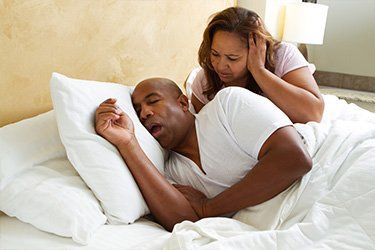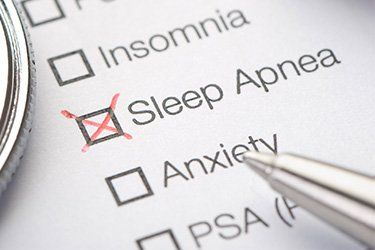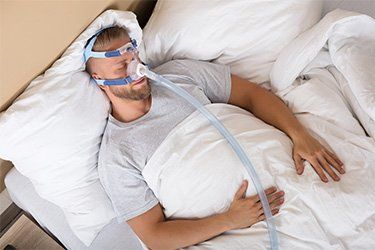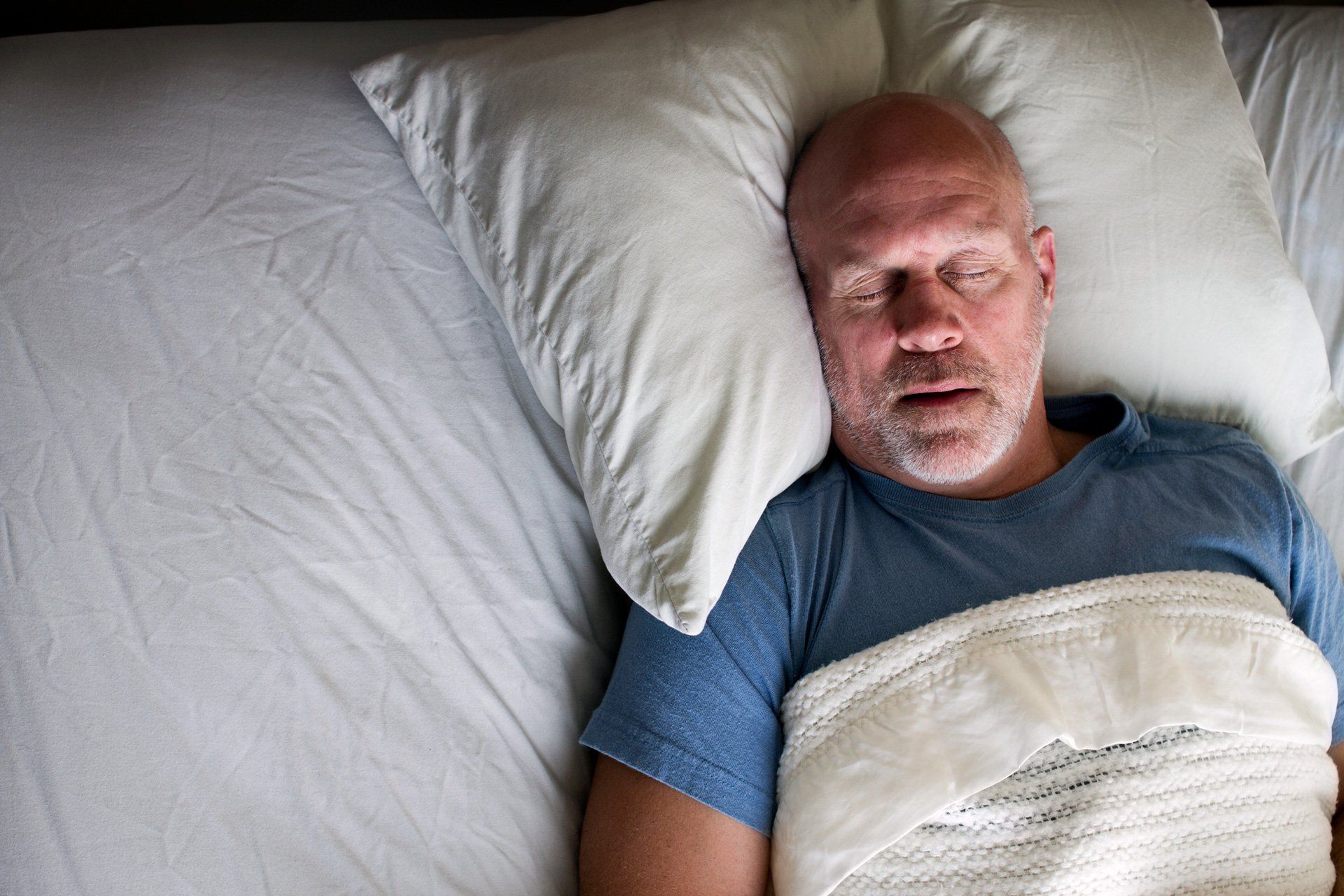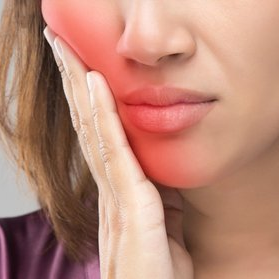TMJ
Sleep Apnea and the Temporomandibular Joint
Research has found that some people suffering from sleep apnea also suffer from problems with the temporomandibular joint or TMJ. Disorders related to this joint are referred to as temporomandibular joint disorders or TMD.
This joint is where the lower jawbone hooks into the skull, right in front of each ear. Disorders result in pain of the joint, ear or jaw muscles, headaches, face pain, pain while chewing and a locked jaw.
Inflammation and pain in the TMJ can arise when a person begins grinding their teeth at night. Nighttime grinding (called bruxism) occurs when the airway is obstructed during sleep. To compensate for this obstruction, the person starts grinding their teeth which brings the lower jaw and tongue forward, opening the airway. 1
This TMD is a sign of sleep apnea or a signal that sleep apnea may develop in the future. We treat this with Oral Appliance Therapy.



